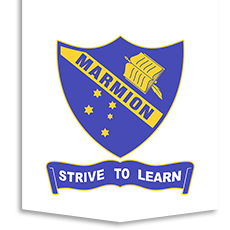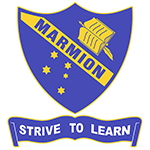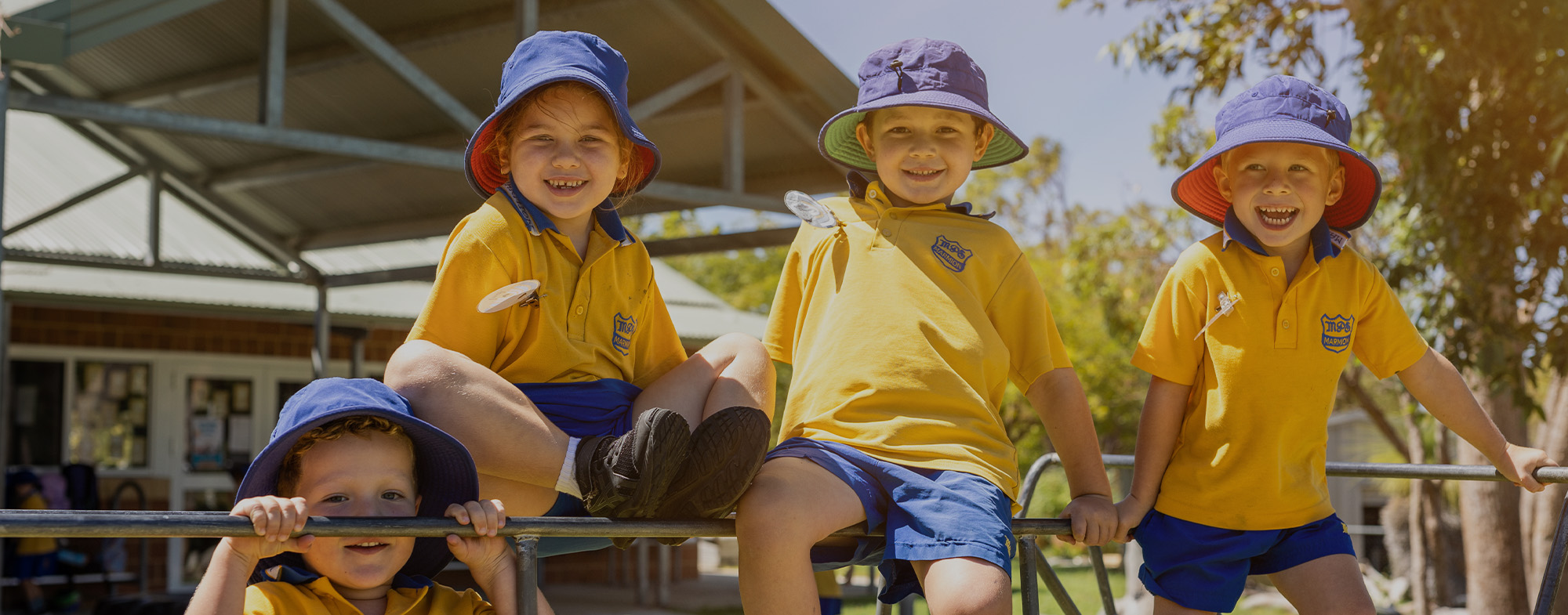Yarning Circle art work, by Mrs Nicole Dhue
In the heat of Birak and Bunuru , Noongar people spend months living on our beautiful coast. They feed from the seafood delights of the Indian Ocean, small prey in the sand dunes and wild vegetation. They find comfort in the coolness of the ocean and the welcomed afternoon sea breeze. As the extreme weather starts to ease and we enter Djeran, the Noongar people start to move inland. They move up from the sea level of the coast onto the limestone covered sand dunes that meet the bushland. An abundance of reptiles, small mammals, birds and freshwater animals welcome them with and array of berries and plants. A denser vegetation provides protection and relief from the still strong sun.
Noongar people move inland from the coast to the Darling Scarp or the hills in Makuru to take shelter from the harsh coastal winds. The flowering Sheoak trees signal that the kangaroos are ready to eat. It is a good time to dig and eat djida or pink tuber roots. When the weather gets warmer in Djilba , the Noongar groups move away from the hills. Rains have replenished the water sources and the bush has been allowed to rejuvenate. Plants begin to bloom now. Kambarang is a season of plenty and foods such as fruits, yams and bird eggs are abundant. Noongar families move towards the coast where Kooyal (frogs), yaarkin (tortoises) and gilgie (freshwater crayfish) are caught by hand in wetlands and swamps. Snakes and goannas are also caught as sources of food during this season.
The mural shows the journey of the Noongar people moving away from Watermans Bay. They are represented by the coloured dots. They make their way up the sand dunes, over sand covered limestone inland, stopping at the Yarning circle.
They then continue to the Darling Scarp before making their way back as the weather gets warmer. Noongar people make use of swamps like Star Swamp during Kambarang. A swamp is represented by the blue and the outline of green and yellow are symbols representing the vegetation. The circles with dots can be stars guiding the Noongar people, ancestors, spirits from the Dreamtime, developing rain or whatever they want them to be. Our mural shows Watermans Bay to our yarning circle and from the yarning circle back to the bay.





